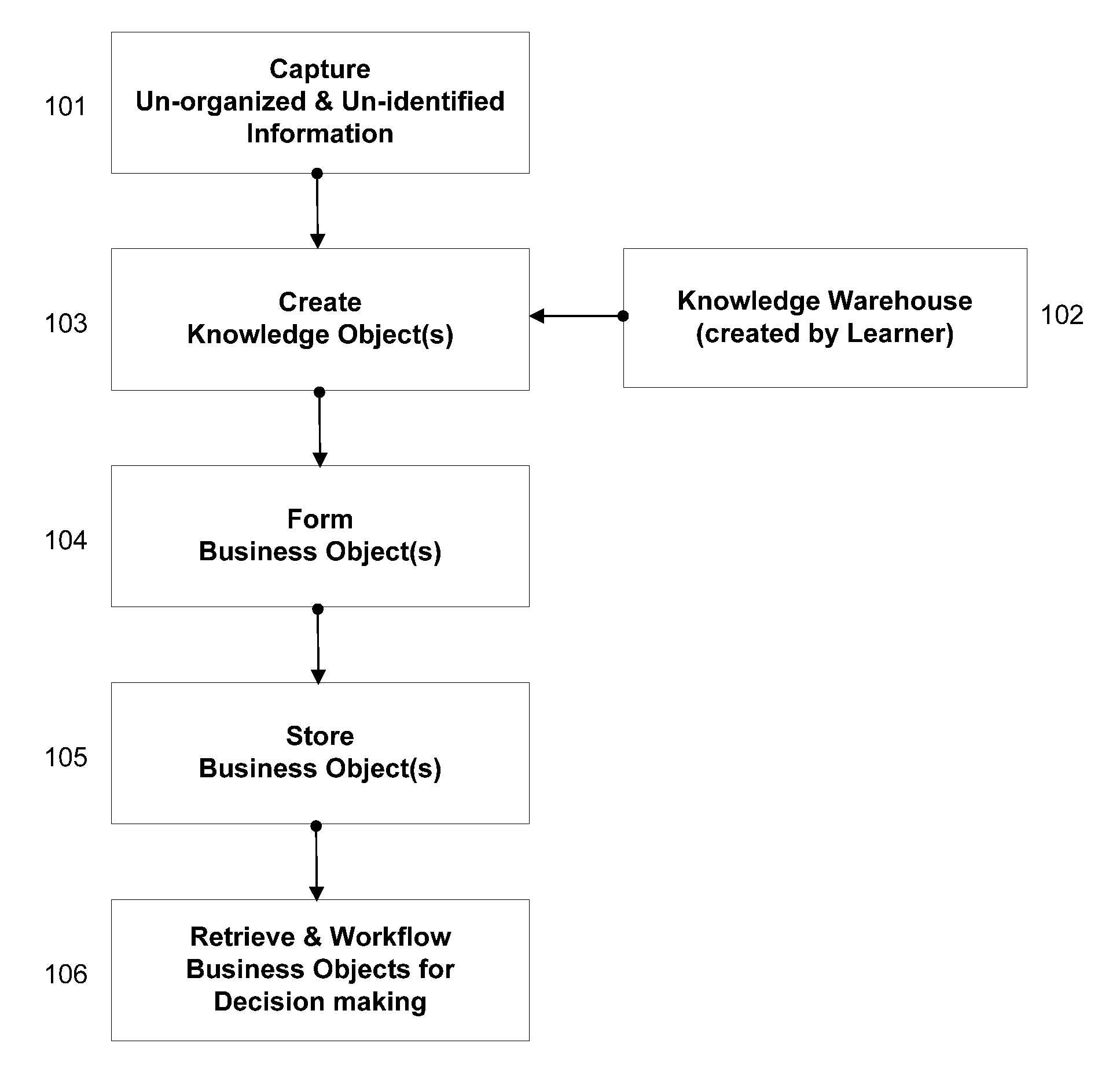Systems and methods for intelligent paperless document management
a document management and intelligent technology, applied in the field of systems and methods for intelligent paperless document management, can solve the problems of many industries still struggling their productivity and profitability, document collection and organization is often time-consuming and error-prone, and files often get lost and forgotten, so as to enhance the real world storage and usage of paper, facilitate collaboration, and facilitate the effect of implementation
- Summary
- Abstract
- Description
- Claims
- Application Information
AI Technical Summary
Benefits of technology
Problems solved by technology
Method used
Image
Examples
example 1
[0305]FIG. 5 depicts screen shots of output obtained through the use of one embodiment of the instant invention. That is, using a Dox Package analyzed by the method / apparatus as described herein, the following exemplary data was available for analysis for making business decisions.
[0306]The invention illustratively described herein can suitably be practiced in the absence of any element or elements, limitation or limitations that is not specifically disclosed herein. Thus, for example, the terms “comprising,”“including,”“containing,” etc. shall be read expansively and without limitation. Additionally, the terms and expressions employed herein have been used as terms of description and not of limitation, and there is no intention in the use of such terms and expressions of excluding any equivalent of the invention shown or portion thereof, but it is recognized that various modifications are possible within the scope of the invention claimed. Thus, it should be understood that althoug...
example 2
[0308]For using the systems and methods described herein, the brokers do not have to change their behavior in order to deliver the native pdf package from their desktop loan origination system (LOS). Instead of printing to their HP printer, they select a special print driver and when they click “print,” the information flows electronically and securely into the system described.
[0309]Using a traditional paper-based system, the broker needs to print out documents into papers, and sending documents via a fax machine while standing over the fax machine to make sure that papers are fed correctly. Using the systems and methods described, the broker logs on to the system via the Internet, puts in an ID and password, and watches the electronic load file populate with the documents he or she has just send. There is no need to call the processor to confirm if the papers arrive successfully—the broker can see the transmission via the systems and methods described. Remaining documents received...
example 3
Selected Screen Shots Showing Process to Set Up a New Client Site
[0311]A new user can go to the katalyst.net site for setting up a new Client Site for a new company (FIG. 9). Each company can have a unique name. If a particular name has been used, the program will ask the user to input a different name. (FIG. 10). FIG. 11 shows that a new company name has been accepted by the program. After entering into the program, as the first step of process, the program will ask the user to provide a unique site address in order to login in the future (FIG. 12). FIG. 13 shows that the user can input info for the company as the second step of the process. FIG. 14 shows that the user can input billing info as the third step of the process. An administrator can be designated as the fourth step of the process (FIG. 15). This is a very important step because an administrator has authority to control many functions of the program including setting up security levels in the future. FIG. 16 shows that ...
PUM
 Login to View More
Login to View More Abstract
Description
Claims
Application Information
 Login to View More
Login to View More - R&D
- Intellectual Property
- Life Sciences
- Materials
- Tech Scout
- Unparalleled Data Quality
- Higher Quality Content
- 60% Fewer Hallucinations
Browse by: Latest US Patents, China's latest patents, Technical Efficacy Thesaurus, Application Domain, Technology Topic, Popular Technical Reports.
© 2025 PatSnap. All rights reserved.Legal|Privacy policy|Modern Slavery Act Transparency Statement|Sitemap|About US| Contact US: help@patsnap.com



